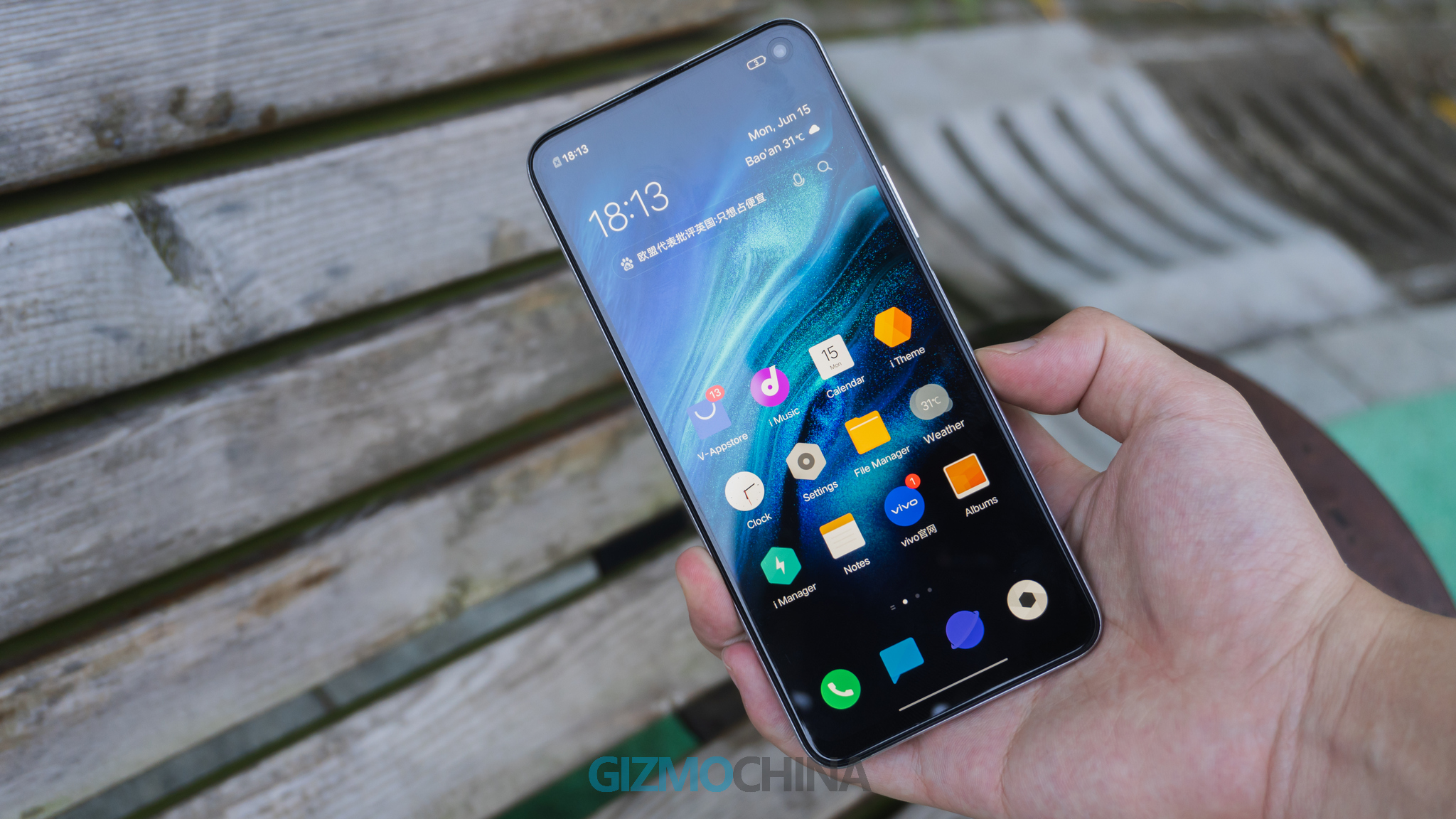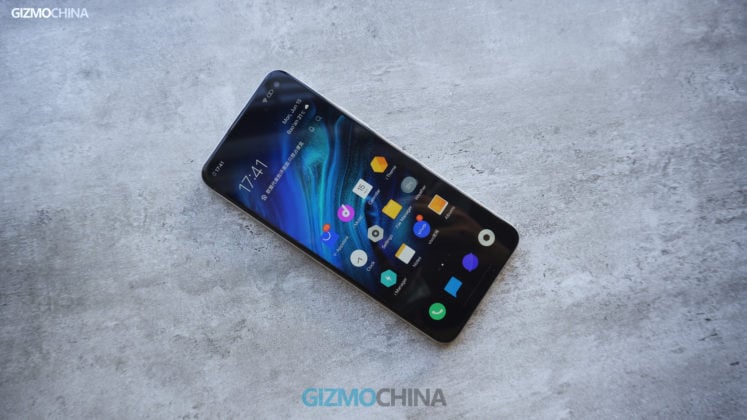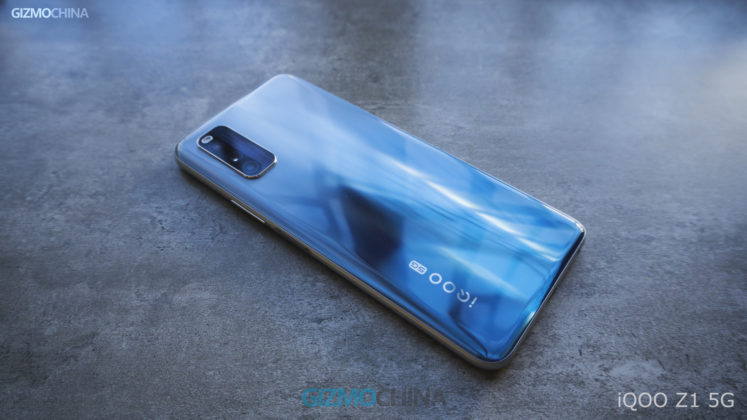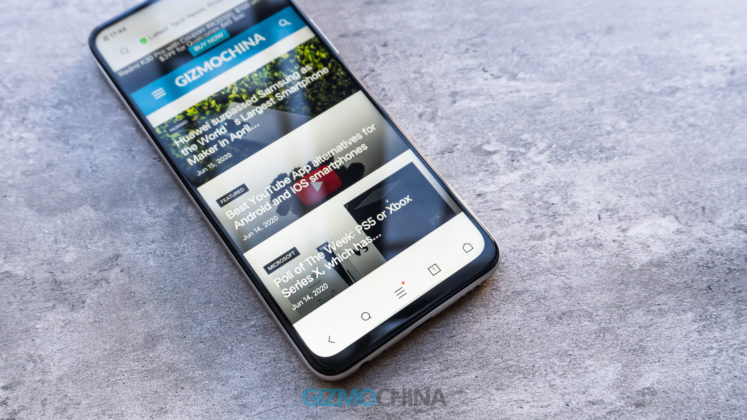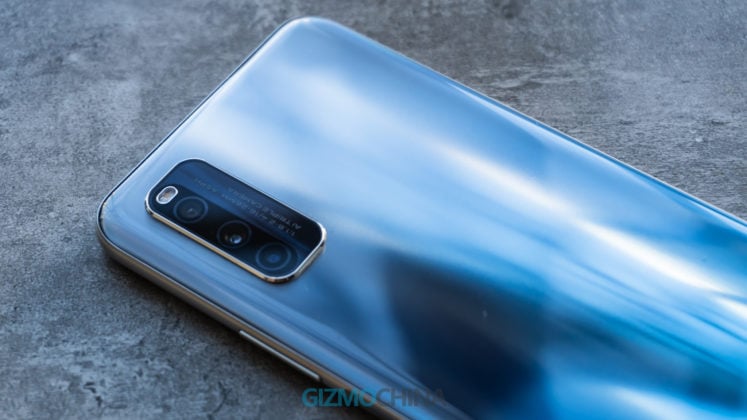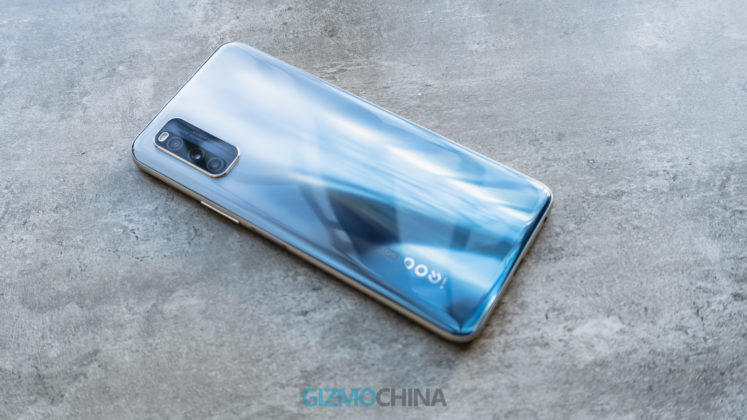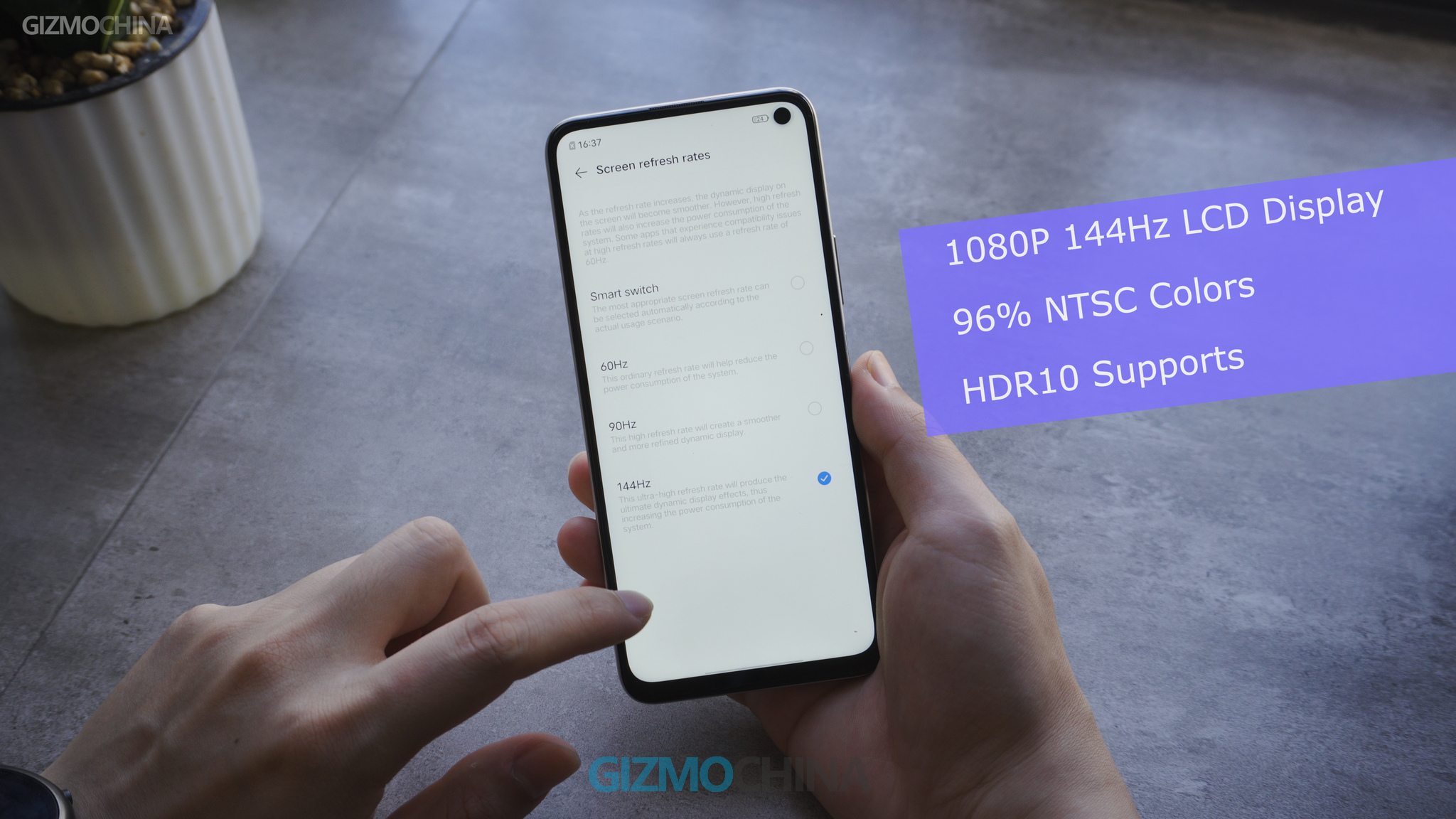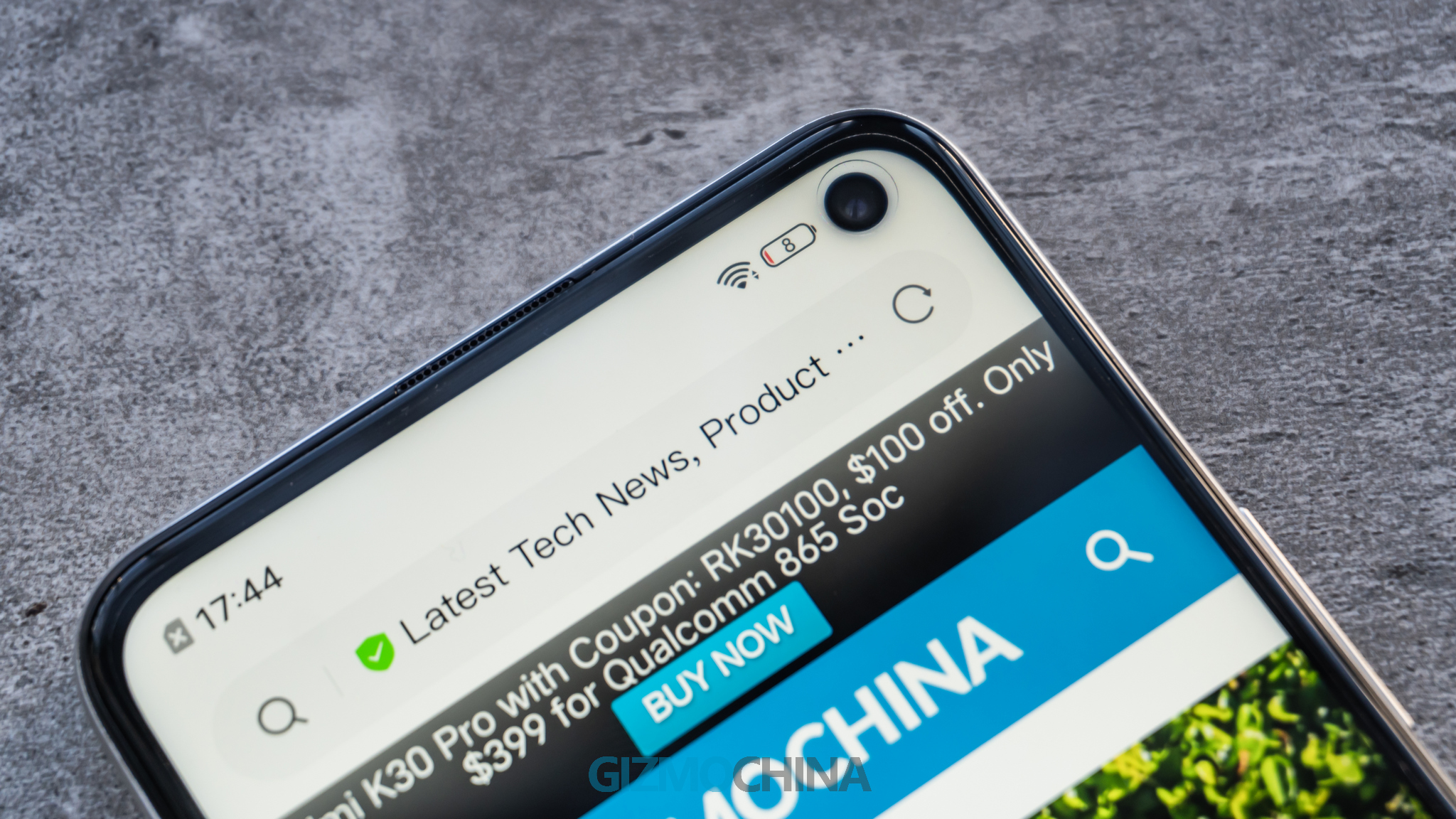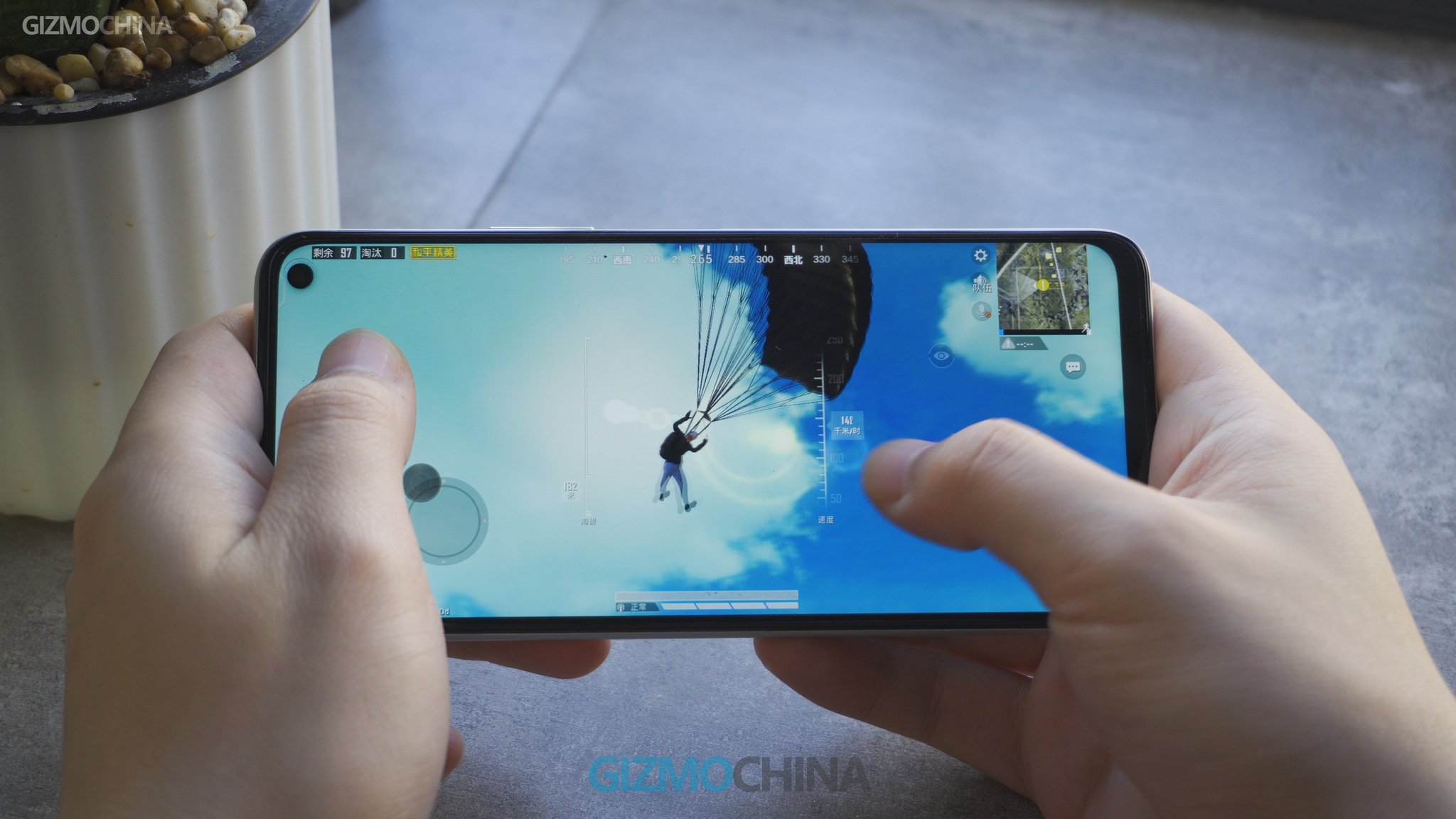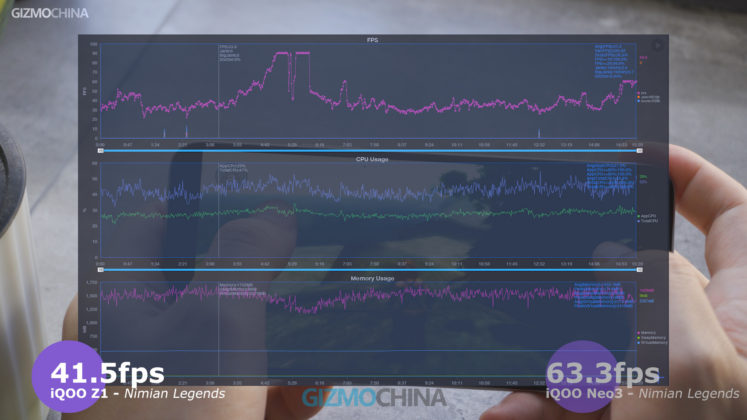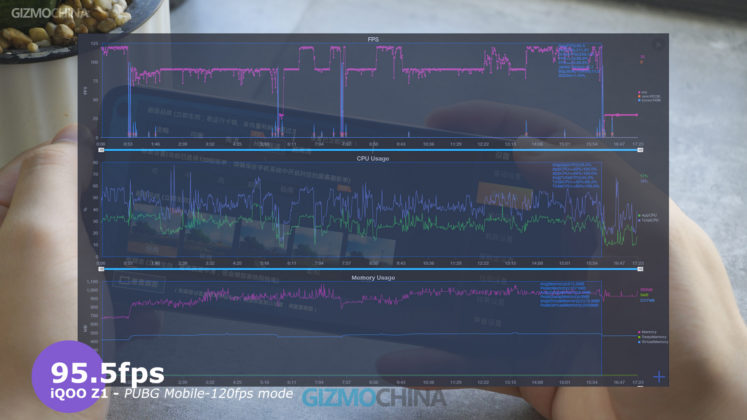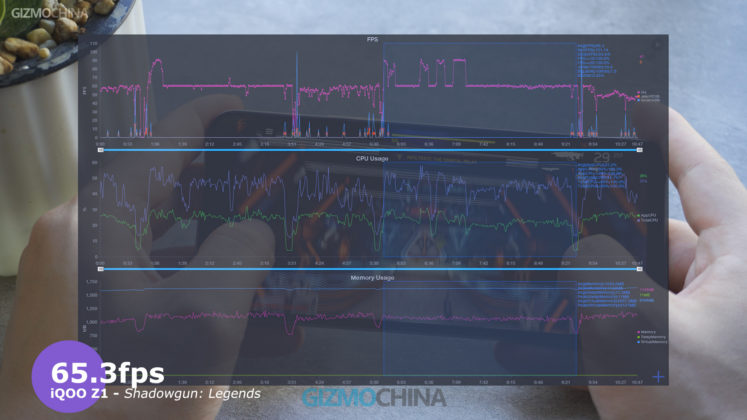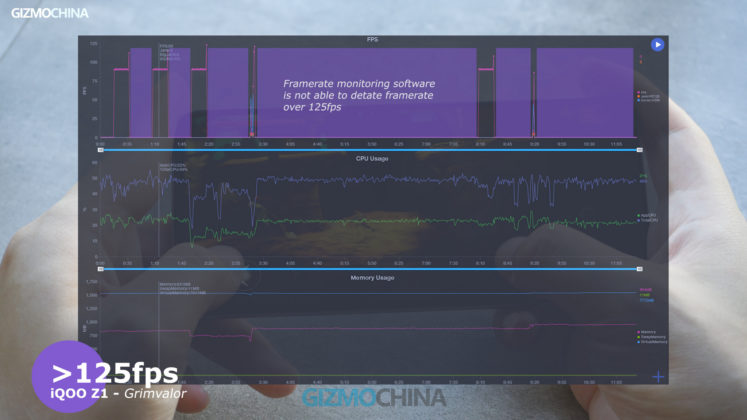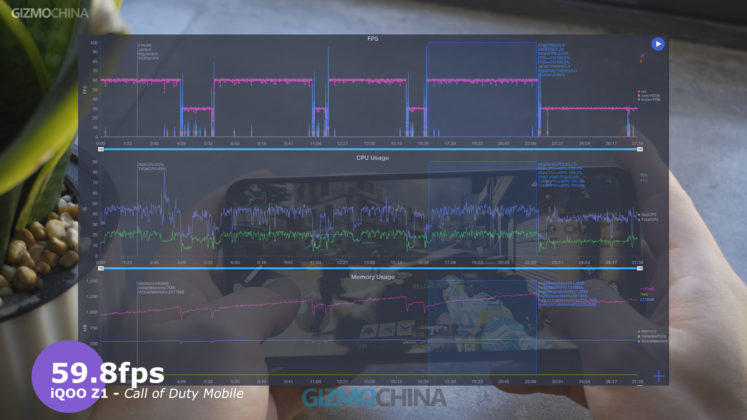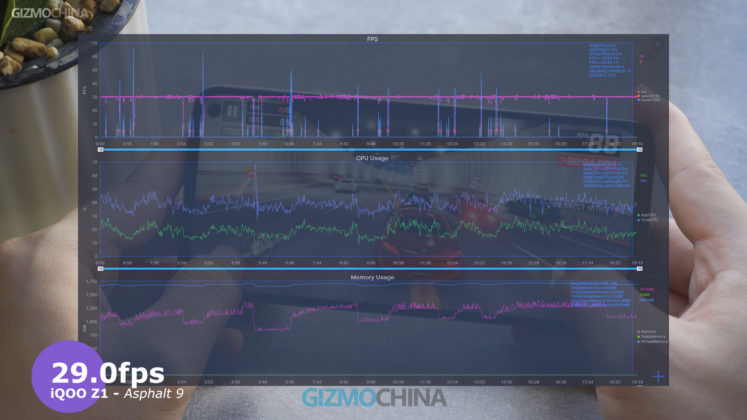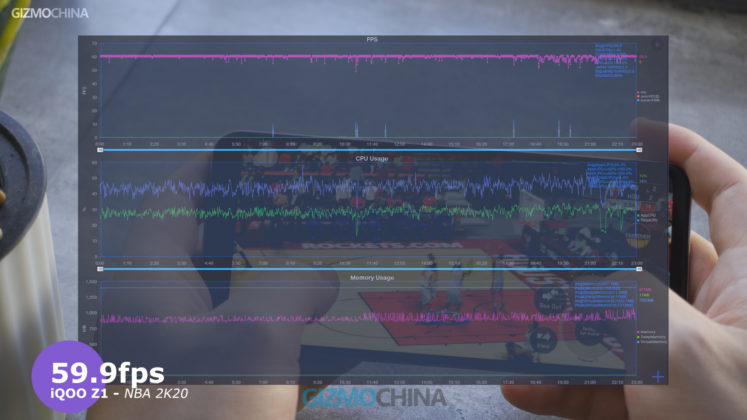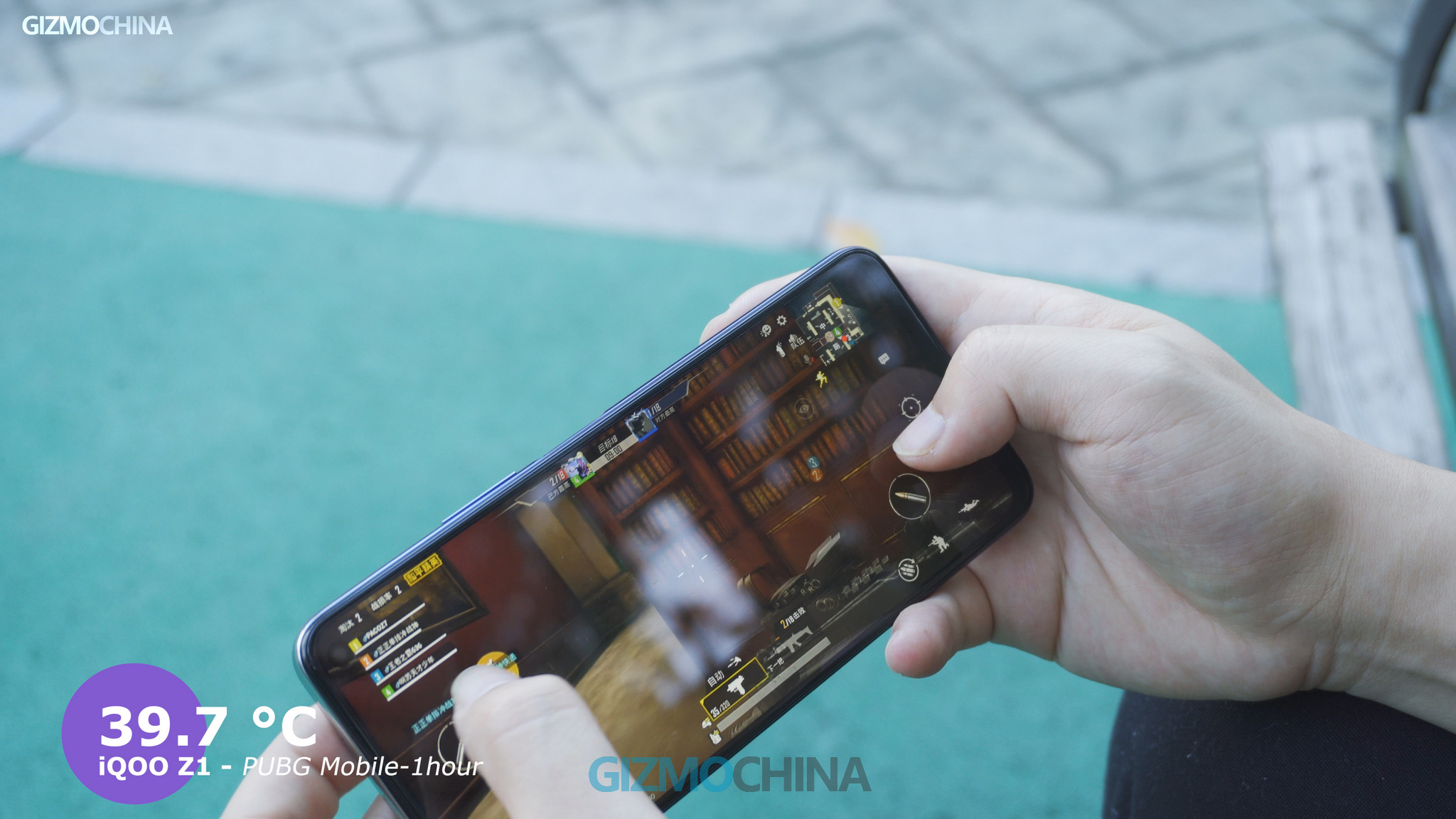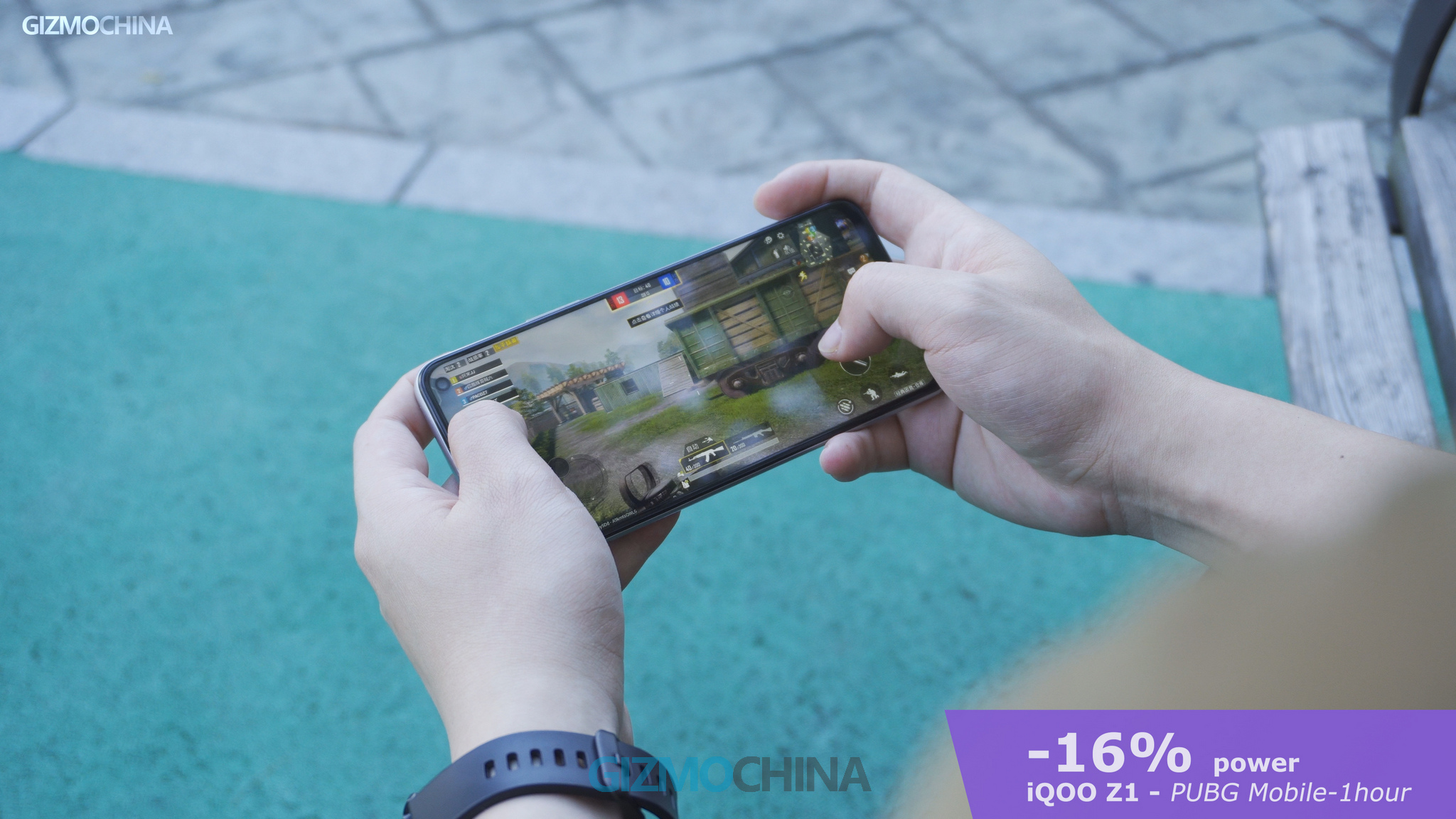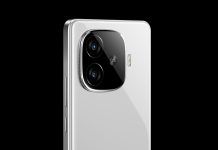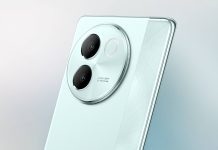Today, we’ve got our hands on the latest iQOO gaming phone, the iQOO Z1 5G. We are excited about the Z1 because it features the latest MediaTek flagship chipset, the MTK Dimensity 1000 Plus. It’s the first one to feature this chip. So it’s not just the review of the phone but also of the new chipset from MediaTek.
We’ve seen a lot of gaming phones featuring Snapdragon 865 chip this year, which generally retail at a relatively high price. So we were waiting for a more affordable chip to come out, featuring performance close to the best.
Even though iQOO launched two powerful flagships – the iQOO 3 and the iQOO Neo 3 this year, the brand believes that it can cover a wider price range of the gaming market. As a result, we’ve got the iQOO Z1 powered by the new MTK Dimensity 1000 plus.
It’s unfortunate that Snapdragon chips dominate the smartphone gaming market in recent years. Although we know that the HUAWEI Krin series is working hard to catch up, Kirin chipsets are limited to Huawei devices. But the MTK Dimensity series is in a better position to stand up as the challenger against Snapdragon for Android brands.
It might be too early to say this but MediaTek could be a real threat to Qualcomm and its Snapdragon series in 2020.
iQOO Z1 Review: Display
But before talking about its performance, let’s look at the 1080P 144Hz LCD display of the Z1. It also features HDR10 colors to support HDR video play and HDR graphics in some games. We weren’t expecting a lot but with our naked eyes, we can say it’s probably one of the best 144Hz LCD smartphone displays as it covers 96% of NTSC colors. Oh yes, you read that right – the Z1 has an LCD display.
Like previous models running MediaTek chipsets, the iQOO Z1 also has a pretty competitive price starting from 2200 yuan (RMB), which comes to around US$310. Most 5G models running the snapdragon 865 are priced relatively higher than the flagships released last year. Even compared to the cheapest Snapdragon 865 model, the iQOO Neo 3 which starts from 380USD, the Z1 still has an advantage in terms of its price.
But is the Dimensity 1000 Plus as powerful as the snapdragon 865? Let’s see the results on some benchmark apps.
iQOO Z1 Review: Benchmark
In the Antutu benchmark, the Z1 scored over 520000 points but there’s still a remarkable gap as compared to the 597000 points of the Neo 3 running the snapdragon 865. But we can see that the GPU performance of the MTK chipset is much closer to the Snapdragon than ever. And we found that the snapdragon 865’s peak CPU frequency is 2841 MHz, while the Dimensity 1000 Plus could run up to 2549 MHz. The Geekbench & 3DMark confirms the performance gap exists but it’s not really significant.
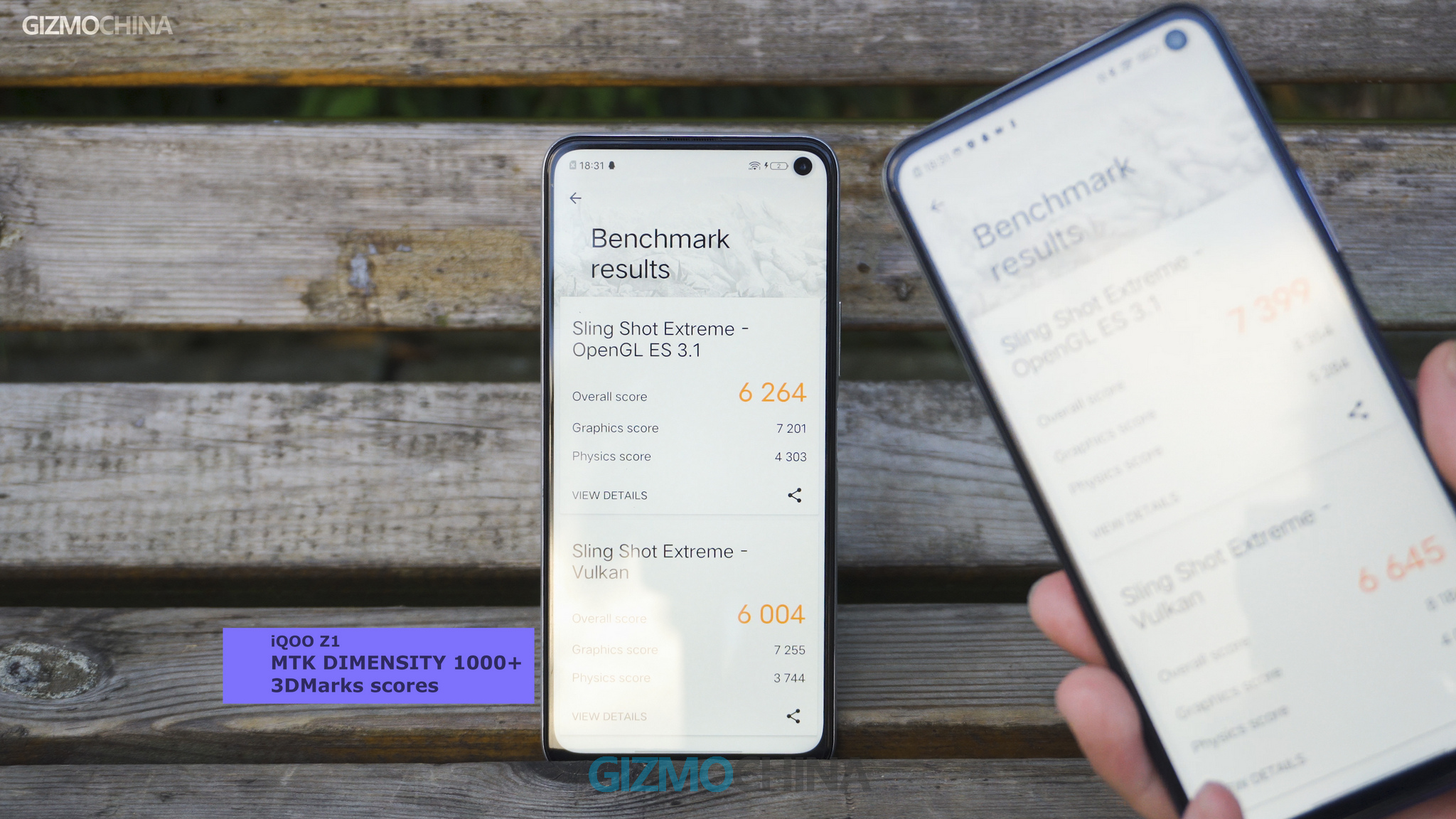
Editor’s Pick: OnePlus 8 Pro vs iQOO Neo 3: Gaming Performance Review & Comparison
iQOO Z1 Review: Gaming Performance
As for the actual gaming test, we have to say the gaming experience is not really different from what we have on the Snapdragon 865 platform since there are very few games requiring extremely high CPU or GPU performance from Android phones. Most games only support up to 60fps framerate. The Z1 with Dimensity 1000 plus could stably complete gaming test at 60fps on an average even under the highest graphics in these 60fps games. For example, in NBA 2k20 which has a 60fps framerate-limit, the iQOO Z1 stably runs at 59.9fps under the highest graphics. And in Call of Duty mobile also with 60fps framerate limit, the framerate is as stable as in NBA 2k20, which remained at an average of 59.8fps.
But there are still some games even lock the framerate under 30fps like Asphalt 9. In Asphalt 9, although the Z1 got stutter sometimes, it still could reach at 29fps on an average. Then we found some games which may not limit framerate on the Android platform such as Grimvalor. Because our tested tool cannot record the framerate over 125fps, we can see actually the Z1 could run this game at over 125fps, and achieved a super smooth gaming experience with its 144Hz display. But we also found that it sometimes dropped down to 90fps. The possible reason here has been discussed in the last video of the iQOO Neo 3. It could be an active strategy of the iQOO system to maintain a balance between temperature and gaming fluency.
The same result was spotted during the gameplay of Shadowgun: Legends. In the beginning, it touched the 90fps framerate and then dropped down to a stable 60fps framerate. The overall framerate eventually remained at 65.3fps on an average. But in comparison to the gaming review of the OnePlus 8 Pro on the same game, which struggled to get over 60fps, the Z1’s result is already good enough.
And when we tested the 120fps mode on PUBG Mobile, this performance throttling was again spotted. Sometimes it reached up to 120fps but generally stayed at the level of 90fps. Even so, the average framerate still remains at 95.5fps.
We also conducted a stress test – like we usually do in our gaming reviews – 15mins test on Nimian Legends. Well, this time we eventually reached the limit of the Dimensity 1000 Plus. Compared to the iQOO Neo 3, the Z1’s performance in this round is much weaker. The Neo 3 could run at 63.39fps on an average, while the figure for the Z1 is only 41.5 and it also got the 90fps limit. So accordingly, we have to say there is still a performance gap between Snapdragon 865 and the Dimensity 1000 Plus. However, when playing most android games, the gap is really hard to perceive due to those games’ framerate limit and low performance required. And considering its attractive price, we still recommend it as an excellent 2020 gaming phone.
But compared to other professional gaming phones like Redmagic 5G and Blackshark 3 Pro, there are no shoulder buttons for better gaming operation, which should be considered as a drawback especially since it’s marketed as a gaming device.
One more thing I have to praise is the cooling system. As we mentioned, the active strategy of framerate limiting provided an excellent cooling effect in actual gaming. So during almost all the tests we did, the device did not overheat at all. And after our 1-hour PUBG Mobile gaming test, the temperature was only 39.7℃, which is really impressive.
iQOO Z1 Review: Battery
In the aspect of charging, the included 44W charger is so powerful that it only took us 23 mins to charge up to 50% of power, and 64 mins for a full charge. And the 1-hour PUBG Mobile gameplay consumed around 16% of power. Accordingly, it could be expected to last for around 6 hours in gameplay.
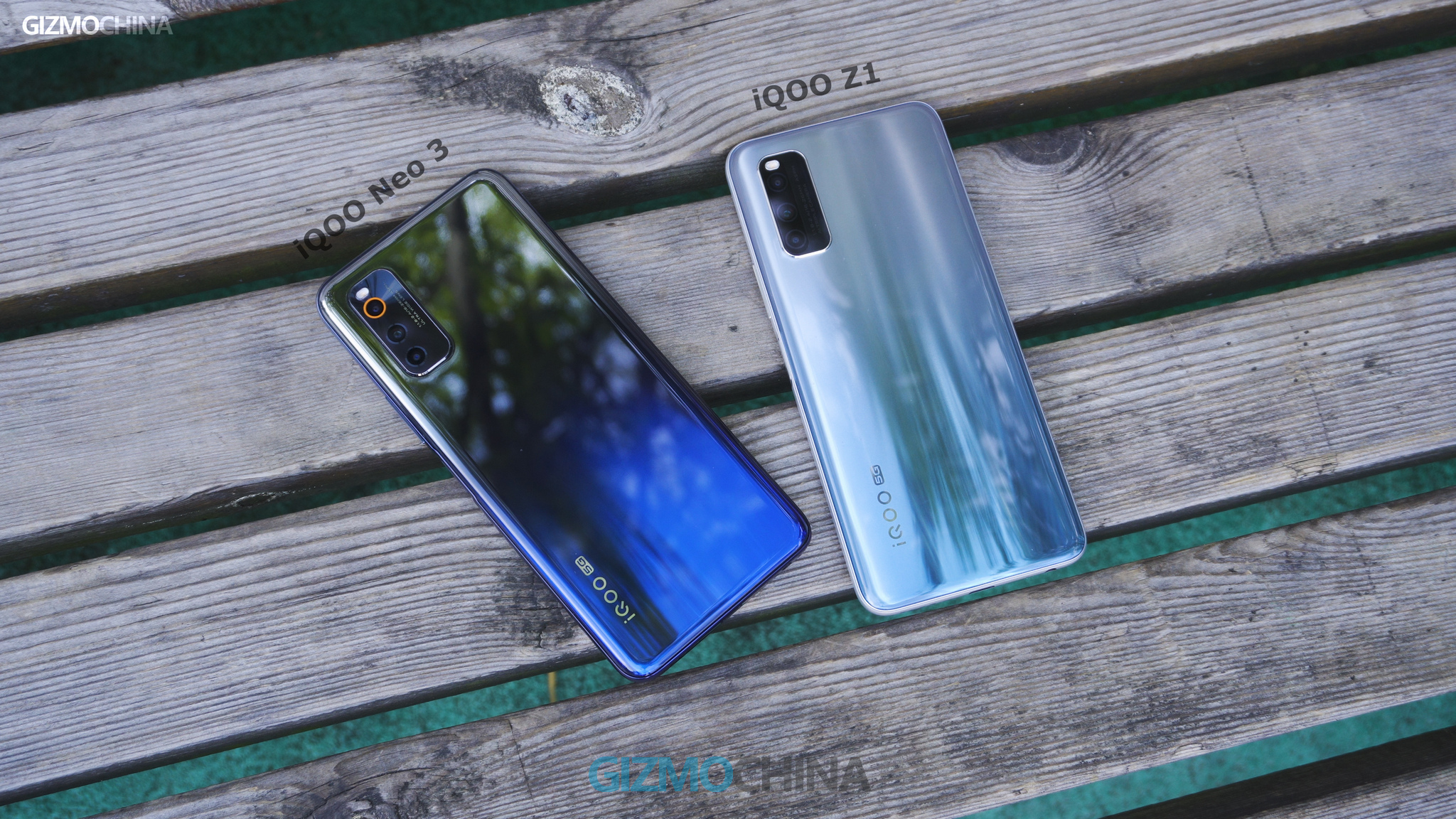
So that’s it. As we concluded, there is a performance gap between the snapdragon 865 and the Dimensity 1000 Plus as flagship chipsets. However, when we were playing most android games, the gap is really hard to perceive due to their framerate limits.
Given that it costs just around $310, you can’t go wrong with the iQOO Z1 as a cheap gaming flagship.
UP NEXT: Huawei delays the production of flagship smartphones due to recent US Sanctions

